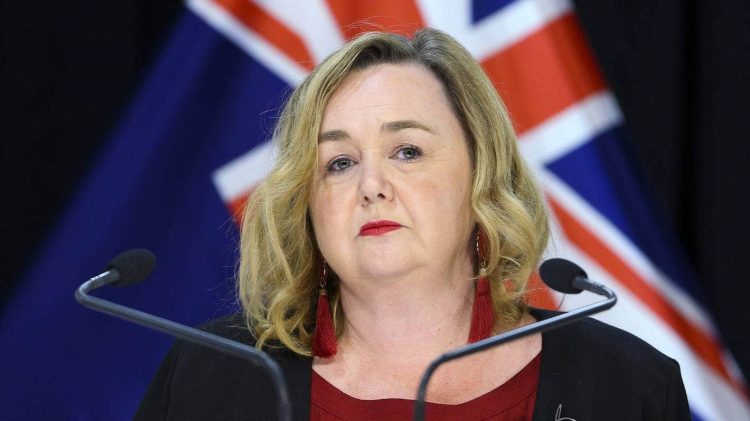부동산 관리자는 정부가 발표한 새로운 법안에 따라 등록, 교육, 면허를 곧 받아야 한다.
또한 메탐페타민 잔류물 수준에 관한 새로운 기준과 부동산이 안전하지 않은 것으로 판단될 경우 임대를 종료할 수 있는지의 여부에 대해 국민과 소통할 것이다.
메간 우즈(Megan Woods) 주택부 장관은 화요일에 새로운 규칙을 발표했다.
우즈 장관은 “뉴질랜드에서는 약 600,000 임대가구가 있다. 위의 조치로 인해 주거용 부동산 관리자에 대한 감독 규제, 마약 잔류물 검사에 대한 과학 기반 규칙 및 집주인의 준수 기간 유예 등을 마련할 것”이라고 밝혔다.
“정부는 모든 국민들이 자가 및 임대를 불문하고 따뜻하고 건조하며 안전한 집다운 집에서 살 수 있도록 하는 것을 목표로 한다. 이러한 계획은 이미 임대 부문에서 이뤄진 중대한 작업을 기반으로 하며, 궁극적으로 무주택자 뉴질랜드인과 화나우(Whānau, 가족) 삶과 결과를 개선하는 데 도움을 줄 것이다.”
임대인은 1년 동안 ‘건강한 주택’ 기준(난방, 단열, 습기에 대한 최소 기준을 정한 2019년에 발표된 일련의 규정)에 도달해야 한다. 여기에는 정부 소유의 카잉아 오라 (Kāinga Ora)와 같은 커뮤니티 주택 제공업체가 포함된다.
우즈 장관은 또한 부동산 관리자에 대한 불만은 새로운 중앙 집중식 시스템을 통해 제기할 수 있다고 덧붙였다.
“부동산 중개인, 건설업자, 변호사와 같은 많은 다른 직업들과 마찬가지로, 그들이 준수해야 할 행동과 능력 기준을 가져야 하며, 그렇지 않으면 책임을 물을 수 있다는 것을 의미한다.”
새로운 메탐페타민 검사 규칙과 관련해 허용 가능한 수준의 메탐페타민 잔류물이 얼마인지에 대해 국민과 소통할 것이라고 말했다.
“현재 사용되는 두 가지 수준이 있는데, 둘 다 법적 구속력이 없다. 이는 집주인과 세입자에게 불확실성을 야기한다. 우리는 집주인에 대한 분명한 의무와 함께 과학에 근거한 선별, 검사, 오염 제거에 관한 안을 가지고 있다. 대부분의 집주인은 진정으로 그 의무를 다하려고 노력하지만 통제할 수 없는 문제로 인해 의무를 위반할 위험이 있기 때문에 이 경우 실용적으로 행동하는 것이 타당해보인다.”




























































